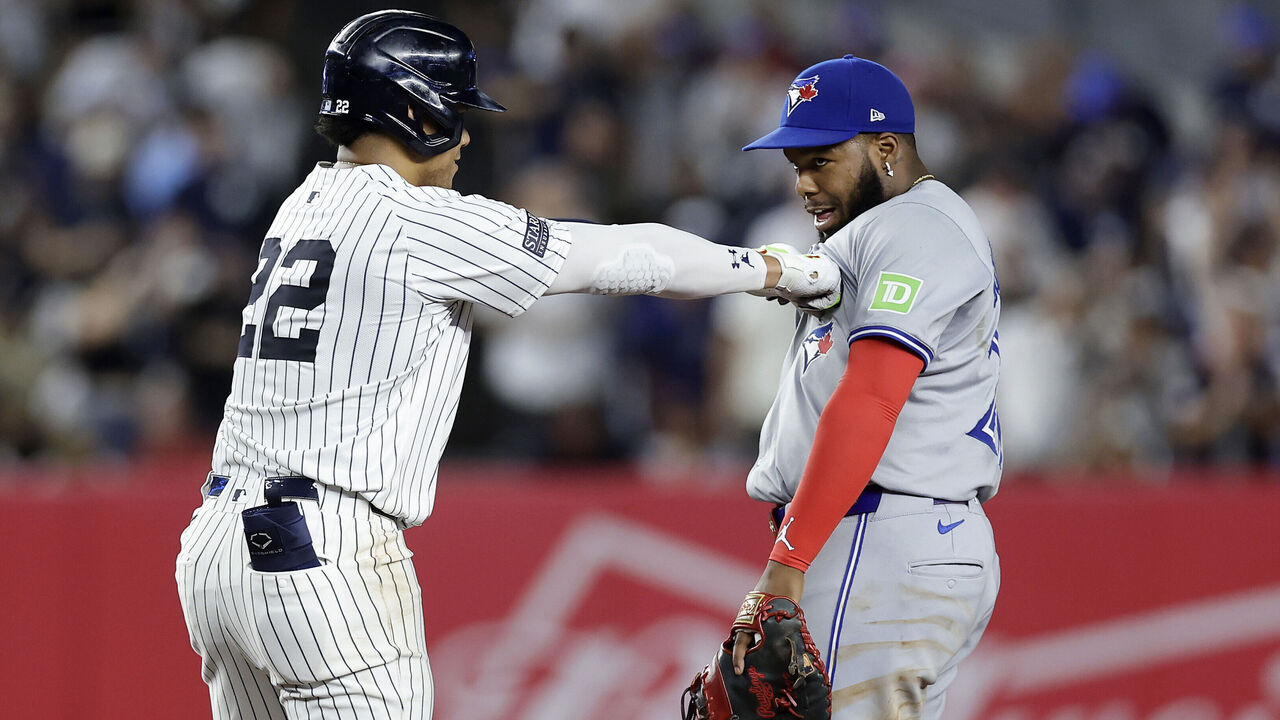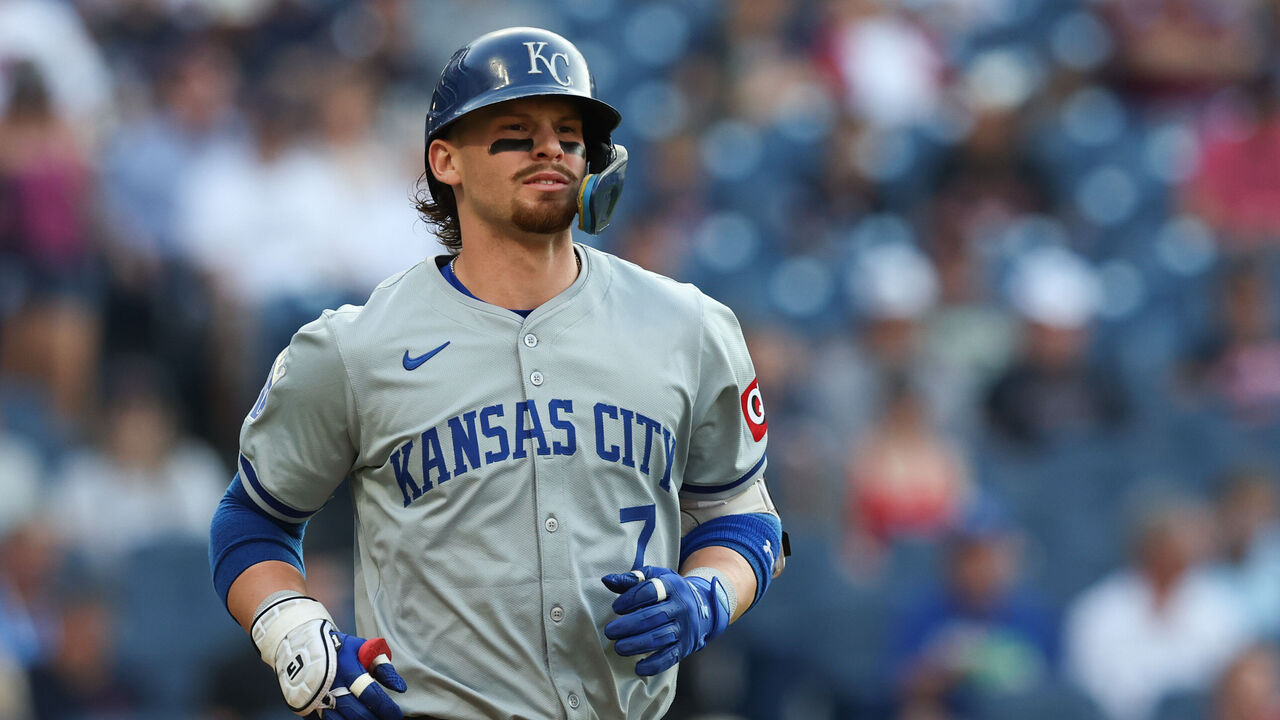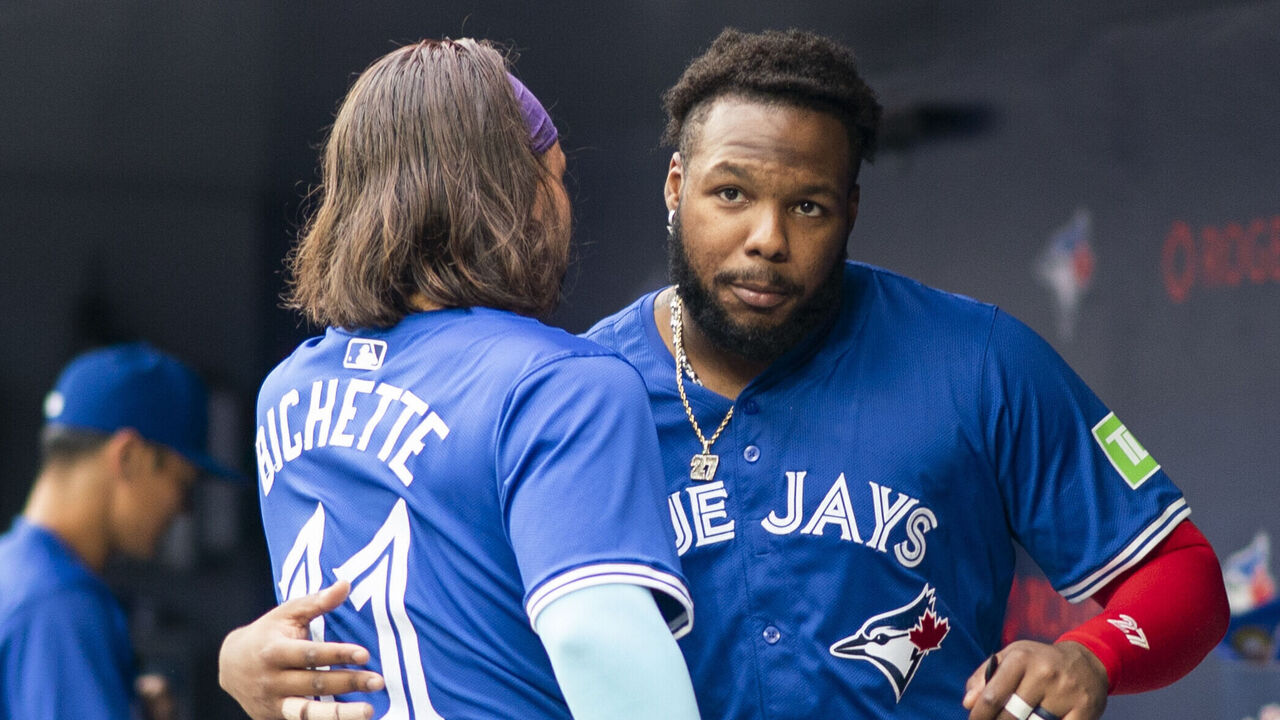With no Guerrero extension, the Blue Jays have to chart a new course
Now what?
That's the question hovering over the Toronto Blue Jays after they failed to reach a contract extension with Vladimir Guerrero Jr. before his Monday deadline.
You can never say never, but it appears each side made its last, best offer. Guerrero will enter free agency at the end of the season, and he'll likely be the top player available at the age of 26.
"I'm here. We didn't get an agreement," Guerrero said through an interpreter Tuesday. "Now, they're going to have to compete with 29 other teams."
Blue Jays general manager Ross Atkins told reporters: "I'm confident that we exhausted the communication, the ideas, the thoughts, and communicated every dollar, and (we) felt (agent Barr Praver) and Vlad got to the point that they were comfortable as well. It just wasn't close enough."
The Blue Jays made Guerrero a $340-million offer earlier this offseason, but that was before Juan Soto signed a record $765-million pact with the New York Mets. Guerrero told the "Abriendo Sports" podcast in December that the figure was "not even close to what we're looking for."

The size of Soto's contract likely ended any chance of an extension because it reset the market for young superstar free agents. That put the Jays in an awkward position with Guerrero. While he's the face of the franchise, he isn't Soto.
Soto recorded 17.8 fWAR in the three seasons leading up to his free agency at the age of 26. Guerrero's three-year total for his age 23-25 seasons is 10.1 fWAR.
Guerrero isn't Shohei Ohtani, either. Ohtani is a unicorn talent and marketing figure who totaled 15.1 fWAR in the three years before signing with the Dodgers.
The Jays pursued all three and fell short every time.
Further complicating matters is the market for first basemen isn't what it used to be.
While Pete Alonso is more than four years older than Guerrero, he had to settle for a short-term deal with the New York Mets this offseason despite hitting a position-leading 120 home runs over the last three seasons.
The largest contracts for free-agent first basemen were signed more than a decade ago: Albert Pujols' 10-year, $240-million deal with the Angels and Prince Fielder's nine-year, $214-million deal with Detroit, both following the 2011 season.
The Jays haven't signed any homegrown players to extensions under Atkins and president Mark Shapiro. In the case of Guerrero, they waited too long to get serious.
The Angels signed Mike Trout to a six-year, $144-million deal in 2014 after his second year in the majors, buying out two years of his free agency. Bobby Witt Jr. signed an 11-year, $288-million deal prior to his 2024 breakout season with Kansas City, his third in the majors.

There are rare cases when long-term deals can be signed on the cusp of free agency, like Rafael Devers' 10-year, $313-million deal with the Red Sox before he entered his final season of club control in 2023. But Boston was essentially paying an open-market rate.
It was never going to be easy to reach a deal, and it was made more difficult with time and recent contracts.
With Guerrero intent to test the market, what do the Jays do now?
There are two options: try to trade him (for major-league help or a better return than the draft-pick compensation they'll receive if he signs elsewhere) or keep him and hope the club can reach the playoffs (which could enhance the chances of re-signing him after the season).
If one is only concerned about future surplus value for the club, it might make sense to entertain a trade as soon as possible. But the 2025 season isn't being played out in a vacuum, and it makes little sense to trade him right now, certainly not for a prospect-focused package.
Failing to extend Guerrero doesn't change anything about 2025. The Blue Jays just executed an offseason plan, and did so reasonably well by my assessment, to improve their short-term chances. Plan A to land Soto didn't work out, but they strengthened the roster with external additions in Anthony Santander, Andrés Giménez, Jeff Hoffman, and Yimi García.
In many ways, the Blue Jays operated as if their window was closing soon, so there's no reason to accelerate that process. Nothing has changed about the coming season.

Beyond Guerrero, the starting rotation, the foundation of most successful teams, will look different soon enough.
Chris Bassitt (signed through 2025), Max Scherzer (2025), and Kevin Gausman (2026) are all on short-term deals. The club could also find a market for Jose Berríos (2028) and his durable, mid-rotation arm.
Toronto has just five players with guaranteed money signed for 2027, along with a poor farm system. The team will have to retool at some point - it's just a matter of when to start. The Jays chose to delay that inevitability. Shedding the keystone of the lineup now doesn't align with their winter maneuverings.
Plus, trading a player in his final season of club control generally doesn't yield much of a trade return.
Perhaps the club could've explored a Kyle Tucker-like trade, in which the Houston Astros sent the star outfielder, also in his final year of club control, to the Chicago Cubs for third baseman Isaac Paredes, pitcher Hayden Wesneski, and prospect Cam Smith.
But even with that deal, it's difficult to see the Astros improving in the short term. Houston lowered its 2025 ceiling by trading its arguably best position player.
If Toronto is out of contention by mid-summer, the calculus changes. But for now, holding Guerrero fits best for the course the Jays chose.
Another excellent season from Guerrero is key in making their short-term improvement plan work. Few players ought to be as motivated as Guerrero to have an excellent season. For now, the Jays need him at his best - not elsewhere.
Travis Sawchik is theScore's senior baseball writer.